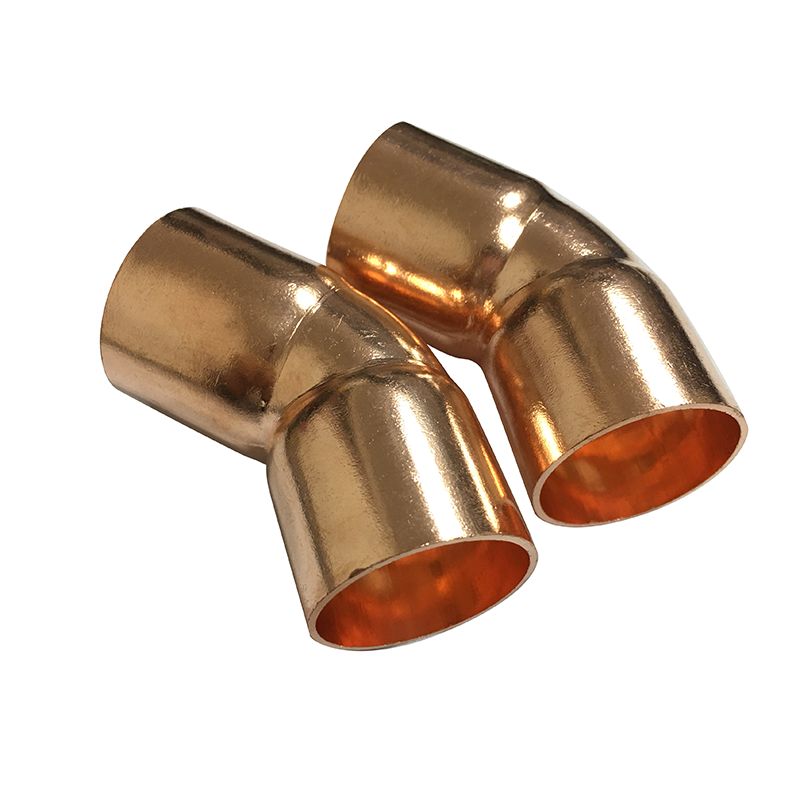Understanding Branch Pipes: Essential Components in Piping Systems
2025-06-13
In complex piping systems, the efficient distribution and direction of fluids are crucial for optimal performance. One key component that helps achieve this is the branch pipe. Though it might seem simple, branch pipes play a vital role in various industries, from plumbing and HVAC to industrial processing.

What Is a Branch Pipe?
A branch pipe is a secondary pipe that diverges from the main pipeline, allowing fluid or gas to be directed to different locations. It essentially “branches” off from the main line to supply various points within a system. Branch pipes can vary in size, angle, and connection method depending on the application.
Types of Branch Pipes and Connections
Straight Branch: Connects directly at a perpendicular angle (90 degrees) to the main pipe.
Reducing Branch: A branch pipe with a smaller diameter than the main pipe to control flow rate or pressure.
Weldolet and Threadolet: Special fittings used to create strong, leak-proof branch connections on larger pipes.
Tee and Lateral: Types of fittings that create branch connections; tees allow flow straight through or to the branch, while laterals usually connect at a smaller angle.
Applications of Branch Pipes
Plumbing Systems: Distributing water to various rooms or fixtures.
HVAC Systems: Directing air or refrigerants to different zones.
Industrial Pipelines: Diverting chemicals, oil, or gases to processing units or storage tanks.
Irrigation Systems: Branching water flow to different fields or zones.
Importance of Proper Branch Pipe Design
Flow Efficiency: Proper sizing and angle prevent turbulence and pressure drops.
Leak Prevention: High-quality connections ensure system integrity and safety.
Maintenance Access: Strategically placed branches allow easier inspection and repair.
Space Optimization: Well-planned branches save space and reduce material costs.
Tips for Choosing and Installing Branch Pipes
Material Compatibility: Ensure the branch pipe material matches the main pipe and fluid properties (e.g., steel, PVC, copper).
Correct Sizing: Avoid undersized branches to maintain flow rates and system balance.
Professional Welding/Fitting: Proper installation is critical to avoid leaks and failures.
Regular Inspection: Check branch joints periodically for corrosion or damage.
Conclusion
Branch pipes might seem like minor parts in vast piping networks, but their role is essential in directing flow and maintaining system performance. Whether in home plumbing or industrial operations, understanding branch pipes helps ensure efficient, safe, and reliable piping systems.


